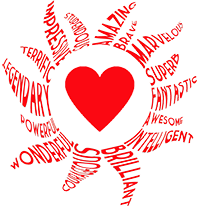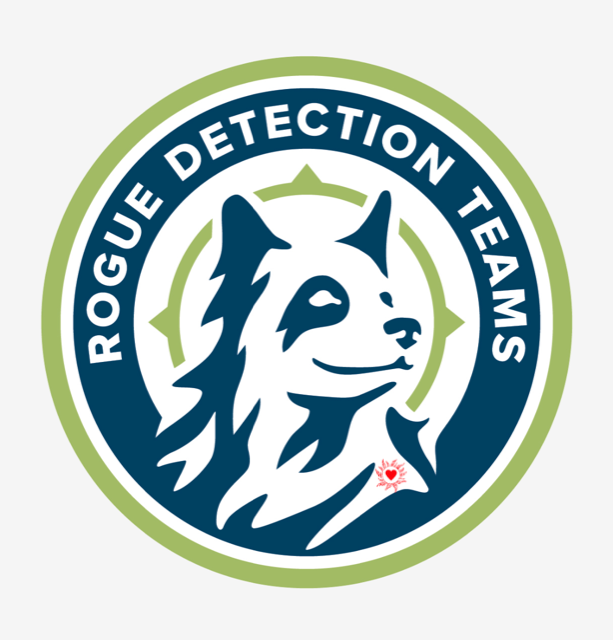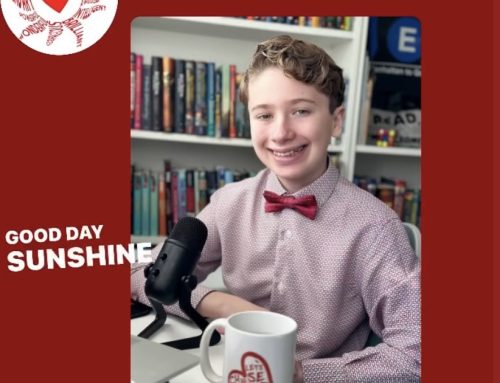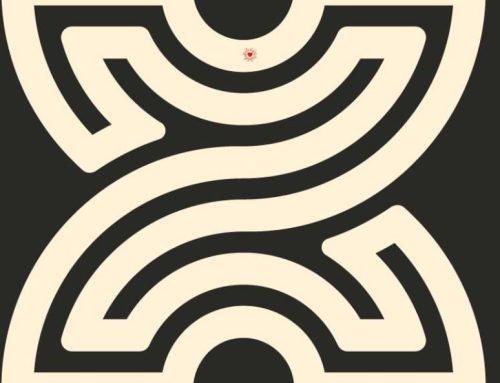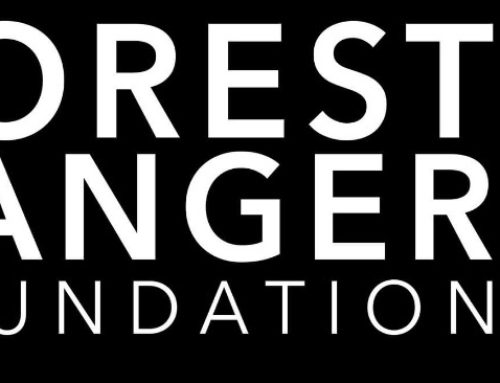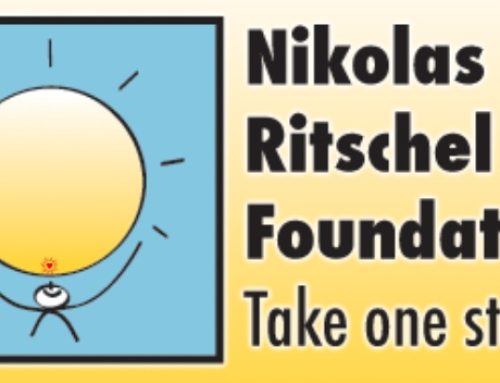Roger Caras said “Dogs are not our whole life, but they make our life whole.” Rogue Detection Teams based in the state of Washington are filled with high energy rogue former shelter dogs who are now “Tail Blazer” conservation dogs searching for data on anything from caterpillars to wolverines. At the heart of Rogue Detection Teams is collecting data so our wild spaces, places, and creatures will continue to live and thrive for generations to come. I had the honor, and joy, to interview Jennifer Hartman, co-director, bounder and field scientist to talk about all things Rogue Detection Teams.
“Who rescued who” Rogue Detection Dogs
A detection dog uses the power of their amazing nose to sniff out what they have been taught to smell for. According to the American Kennel Club dogs have over 100 million sensory receptor sites compared to humans five to six million. As Barnard College professor Alexandra Horowitz, author of the book “Inside of a Dog: What Dogs See, Smell, and Know” said “what the dogs see and know come through their nose.” New Zealand is the first country to utilize conservation detection dogs as far back as the 1890’s. Rogue Detection Teams was founded by Heath Smith and Jennifer in 2019. Prior to that, both Heath and Jennifer worked for the “Conservation Canines” program at the University of Washington, a detection dog program where Heath was the Program Coordinator. They founded Rogue Detection Teams to continue this essential conservation work. Jennifer was into studying spotted owl’s when she was introduced to the conservation detection dog field. It was Max, a blue heeler mix, who stole her heart and led her to become a bounder. Gator, another blue heeler mix, stole the heart of Heath, a “cat” person, and led Heath to his work as a bounder. Just like in their detection work these compassionate canines led the way for the bounders by making huge pawprints in their hearts and to this important conservation work. These two bounders, and the other bounders for Rogue Detection Teams are bound to their dogs, forming a dedicated partnership where the humans and canines work, and in essence, play together for the greater good of helping endangered species on planet Earth.
“When I look into the eyes of an animal, I do not see an animal. I see a living being. I see a friend. I feel a soul.” Anthony Douglas Williams
The “Tail Blazers” for Rogue Detection Teams are the dogs who end up at shelters because of their high energy and obsessive need to play fetch. They adopt dogs of any and all breeds from labradors to retrievers and mix-breeds to cattle dog mixes. Often these dogs come to Rogue Detection Teams with a history of abuse and trauma, fearful of crunching leaves and human connection. Filson, Jennifer’s current Tail Blazer, an eight year old cattle dog mix, came to Rogue Detection Teams with stubs for teeth, a tail that had been broken sometime in his past, and a great fear of humans. Ever so slowly, and ever so surely, moment by moment and day by day, the bounders with their patience and compassion help these dogs learn to trust humans again. These special relationships help the dogs find their joy and purpose in life by using their noses to find information and data that is vital to the conservation of cryptic species on this amazing planet we live on. When these dogs are given an outlet for play their sweet, loving, fun, loyal sides emerge as they no longer have such an intensively focused drive for the ball. Their love to play and fetch, which was maybe seen as a nuisance in their past lives, is activated. Bounders are fierce in their mission to help protect these species and fierce in their bonds with these incredible canines. In return these rogue dogs give heart and soul to their bounders and this work.
“Conservation is humanity caring for the future.” Nancy Newhall
Rogue Detection Teams are just that, teams. One bounder paired with one tail blazer. Their conservation assignments are all over the world and often in remote places. When the team goes into the wild to search and gather data they do so in a way to not disturb anything in the ecosystem including gathering and bringing out or burying all waste , human and canine as they utilize leave not trace principles. Some locations are harsh to travel through and unpredictable. This work is not for the faint of heart. Jennifer shared that she and the other bounders live out of their cars during the field season, going from location to location often for many months out of the year. Bounders and “Tail Blazers” pour everything they have into this crucial work that can help the fragile species of our planets. The canines who are trained with their special noses to do detection work make the most amazing collaborators and coworkers. Going to work is fun for them. Their jobs are filled with purpose and joy. Bounders and “Tail Blazers” get rejuvenated during assignments by playing fetch and snuggle breaks. Many days they hike for over nine miles. When not in the field doing active investigation Rogue Detection Teams are planning for the next field season. There are a multitude of necessary details that require thorough planning before the teams go on a field assignment. The data collected can take from one to three years to get analyzed. Data collected can be anything from invasive or native plant species, live animals, mortalities at wind facilities, nests (from sea turtles, bumblebees, or bat hibernacula), butterfly larvae, toxins in the environment (such as PCBs), viruses in plants, to scat (otherwise known as feces). Scat is such a valuable asset to science because researchers never need to see, collar, or otherwise disturb the, oftentimes rare or endangered wildlife the detection teams are searching for. Clues and information provided from the scats is priceless in determining what action can be taken to preserve and protect these species in danger of no longer being on the planet.
These dogs continue to do the work even as they age. Jennifer shared the story of a fourteen year old “Tail Blazer” who continues to work collecting data on caterpillars. The dogs are professional athletes but at nine, ten, and eleven years old, they still love their job but are now veterans. They know how to survey more effectively than their younger counterparts (who are still learning how to curb their enthusiasm). These older dogs are perfect for more detailed work, such as searches for larvae, which can be as tiny as a comma. For the more intense surveys, where teams survey for over fifteen miles a day, sensitivity to the dogs joints are taken into consideration and the younger recruits are utilized on these more energy intensive surveys. These dogs are always putting their best paw forward, day in and day out. Jennifer shared the intense training to become a bounder, which can take several years to master although, as a bounder, they are never done learning. Each new dog and every new species they are tasked to survey for means continuing to develop skills and methods throughout a bounder’s career Bounders instruction focuses on maintaining quality and integrity in the data collection work in the field. Bounders have to be vulnerable to open parts of their hearts to bond and fall in love with their furry superhero canine partners, the true secret ingredient to this scientific methodology. To look out for their “Tail Blazers” and to trust the information these canines are sharing as they smell for data. “Tail Blazers” know what they are doing and what they are smelling for. Bounders need to trust them.
“It doesn’t matter where you are going. It is who you have beside you.” Unknown
It is with honor we shine the Kindness Champion Spotlight on Rogue Detection Teams. Where a pack of rogue superheroes “Tail Blazers”’ partner with their human bounders to seek out vital information from the scats of vulnerable species that genetic labs analyze to help them. The dedication and determination from the humans and the canines are shown in the work they do in “collaboration and community involvement to bring skilled research methods to the field to tackle the most pressing conservation concerns of today.” Nose by nose, paw by paw, footstep by footstep, fragile species to fragile species, these dedicated partnerships are sniffing their way all over the world filled with purpose to help our wild spaces, places, and species continue to thrive for generations to come. We thank you for being you and bringing your awesome to the world.
For more information on AMAZING Rogue Detection Teams here is their information:
Website: https://roguedogs.org/
Twitter: @roguedetection https://twitter.com/roguedetection
Instagram: @roguedetectionteams https://www.instagram.com/roguedetectionteams/
Facebook: @RogueDetectionTeams https://www.facebook.com/roguedogs/
YouTube: @roguedetectionteams https://www.youtube.com/channel/UCij7s9rwMGma9GS_rp3rbZw?view_as=subscriber
LinkedIn: @RogueDetectionTeams https://www.linkedin.com/company/roguedogs/
